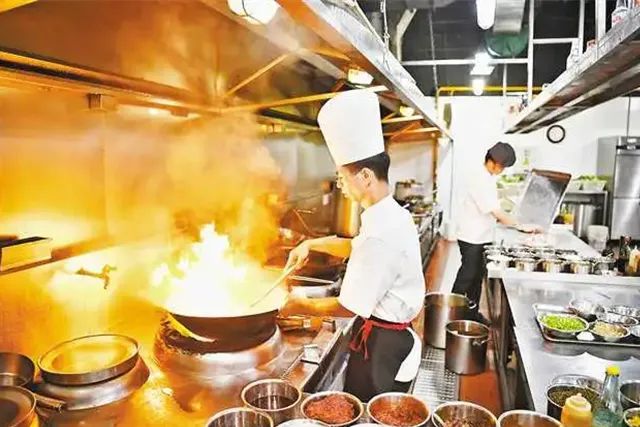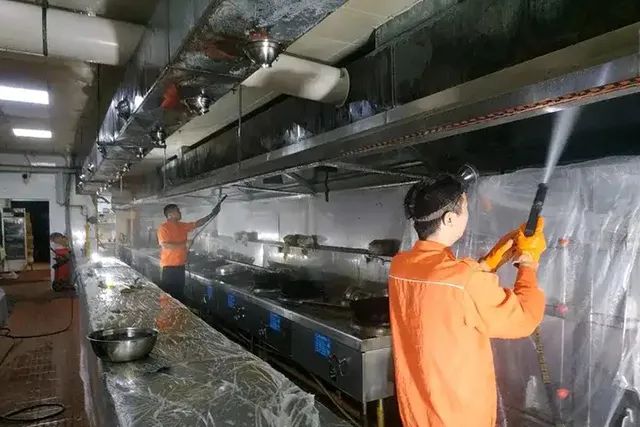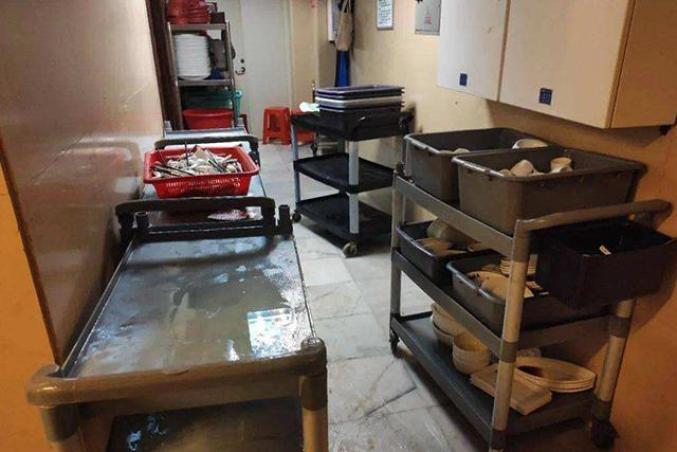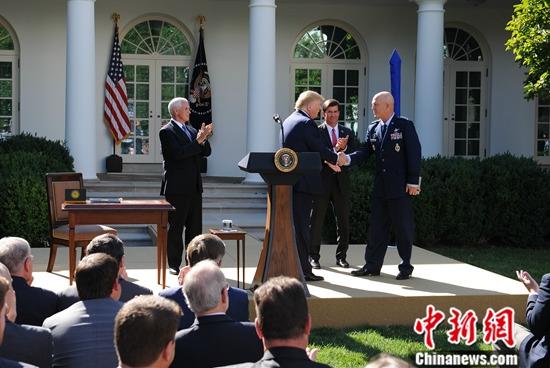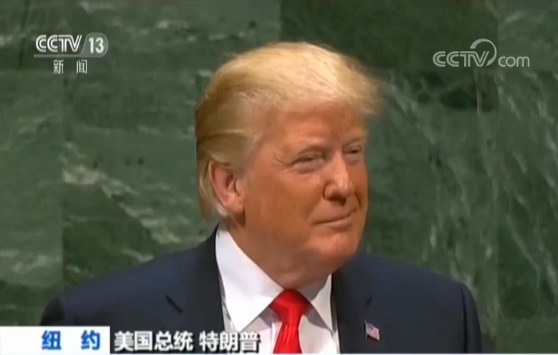It’s only been more than half a year since the release of the 11th generation Core.Intel The 12th generation Core processor is coming, as Intel this year.CPUThe "year-end answer sheet" on the road map, this generation of processors really has a lot to watch, except that the mixed architecture is installed on the x86 processor on the desktop for the first time, the new technology is adopted on the desktop for the first time, the package area is increased, and DDR5 is supported.memoryAnd PCIe 5.0, another key point is, of course, the new generation chipset-Intel Z690 chipset.
Today we will use a new generation of motherboards-GigabyteXiaodiao PRO Z690 AORUS PRO motherboardTo decrypt the upgrade point of the motherboard equipped with Z690 chipset.
This time, the Z690 chipset has brought us several new things:
1. The chipset has native PCIe 4.0 channels.
2. The DMI bus channel is upgraded to DMI Gen 4.0 x8, and the bandwidth is doubled.
3. Support Wi-Fi 6E wireless network
4. Intel VMD technology is supported for the first time, and users can manage PCIe devices conveniently.
5. Add a USB 3.2 Gen 2×2(20Gbps) high-bandwidth interface support.
Of course, new things need to be savored carefully to find the essence. First, put an official Intel Z690 chipset architecture diagram, and then analyze it.
It can be seen that the Z690 chipset has 12 native PCIE 4.0 channels, and also has 16 PCIe 3.0 channels, a total of 28 PCIe channels. For the old chipset that has been 24 PCIe 3.0 channels for several generations, the Z690 has finally increased the native channels of the chipset, and users want to expand high-speed PCIe devices or install more.display cardIt will be easier.
The DMI 3.0 bus, which has persisted for several generations, has also ushered in changes on the Z690 chipset. Z690 upgraded DMI to Gen 4.0 for the first time, and provided 8 channels at the same time, which should be due to the increase of native PCIe channels. The original DMI channel bandwidth should not meet the existing demand. The DMI channel bandwidth of Z690 chipset is directly doubled compared with DMI Gen 3.0 x8 of Z590, which means that the transmission efficiency between the processor and chipset will be higher.
In addition, compared with Z590, Z690 chipset benefited from the performance improvement of UHD770 core display, and the independent display output support increased to four; The SATA 6Gbps interface support has been upgraded from 6 to 8, and the native support for PCIe hard disk RAID array; On the network side, the wireless network card was changed to AX211 supporting WiFi-6E. The bandwidth, transmission performance and network performance of the motherboard have been greatly improved, and the Z690 motherboard can be said to be the most outstanding consumer motherboard at present.
As for PCIe 5.0 interface, there is no corresponding product yet, but it is undeniable that PCIe 5.0 will be the mainstream in the future, and it will be useful when the graphics card supporting PCIe 5.0 comes out.
The 12th generation Core is the first x86 processor with mixed architecture. Naturally, many users are worried about its compatibility and optimization. Therefore, Intel specially designed a component on the hardware level-Intel Thread Director, which can assist the system in task allocation, so that large and small cores can perform their respective duties and maximize task processing efficiency.
Intel Thread Director will monitor the instruction combination of each thread of the processor in real time, and then dynamically adjust the guidance according to the running power consumption, running environment and power supply design. At the same time, the cooperation between Intel and Microsoft enables Windows 11 to work with this component and give full play to the best performance of the mixed architecture processor. It can be said that if you want to give full play to the performance of the 12th generation Core, you really can’t live without Windows 11.
Before the performance test, let’s take a look at Gigabyte’s new generation Xiaodiao PRO Z690 AORUS PRO motherboard. This generation of Xiaodiao PRO is divided into DDR5 version and DDR4 version, and models that support DDR4 memory will have a name suffix of "DDR4".
On the back of the box, you can see the functional features of the motherboard, such as 16+1+2 phase digital power supply module, high-order heat dissipation design, support for DDR5 memory and XMP 3.0 configuration overclocking, PCIe 5.0 interface, and support for Wi-Fi 6 wireless network.
The motherboard is standard ATX specification, and the appearance is the fighting style design of AORUS series motherboards. The all-metal heat dissipation vest covers the important components and chips of the motherboard.
On the back of the motherboard, you can see that the wiring of the motherboard PCB is quite tight and orderly, which can bring better electrical performance to the motherboard.
The VRM heat dissipation vest adopts the third generation stacked heat dissipation fin design. By using the extended heat dissipation fins, the effective heat conduction space is increased, and the heat dissipation area is greatly increased, so that the VRM power supply module can continuously and stably output current.
The vest has a line and grain design and the text logo of AORUS.
Next to it is the Socket LGA-1700 slot which supports the 12th generation Core processor. The opening mode of this generation slot is different from that of the Z590 motherboard. After unlocking the lock, just lift the top cover from above.
It can be seen that the width of LGA-1700 slot has not changed, but the length is longer than the original LGA-1200.
Four DDR5 memory slots, which support DDR5 memory with frequencies from DDR5-4800 to DDR5-5600, and also support the overclocking of the new generation XMP 3.0 memory configuration. With XMP, it is easier for ordinary players to access high frequencies above 5000Mhz.
The external power supply of CPU is 8Pin+4Pin interface, which meets the power consumption requirements of the 12th generation Core processors.
Equipped with power entity buttons and display of debug error correction code on the motherboard.
The motherboard is equipped with three PCIe x16 slots. The first slot is a direct-connected CPU, which supports PCIe 5.0 x16 and is ready for future PCIe 5.0 graphics cards. The slot is also equipped with metal armor to improve durability.
M.2 heat dissipation vest, which can guaranteesolid state diskRun at a good temperature to prevent the hard disk master from losing speed at high temperature.
The motherboard is equipped with four M.2 interfaces, and both sides are equipped with thermal conductive adhesive to export the surface heat of the SSD. The first M.2 interface is a direct-connected CPU, and each interface supports the highest speed of PCIe 4.0 x4 and the specifications of M.2-22110.
The PCH chipset is also equipped with a metal cooling vest with AORUS’s carved Logo and belief slogan on it.
High-quality audio components, composed of audio chips and capacitors, bring players a clear and vivid game audio experience.
Six SATA 6Gbps interfaces support the formation of RAID 0, RAID 1, RAID 5 and RAID 10 disk arrays.
The motherboard is equipped with 5V and 12V RGB sockets, which support external RGB light strips. Through Gigabyte’s RGB Fusion software, the RGB lights can be displayed synchronously with the motherboard LED lights, showing a personalized lighting effect.
As for I/O interfaces, the motherboard is equipped with one USB 3.2 Gen 2×2 Type-C interface, four USB 3.2 Gen 2 Type-A interfaces, four USB 3.2 Gen 1 Type-A interfaces, four USB 2.0 Type-A interfaces, Wi-Fi 6 antenna interfaces, RJ-45 network cable interfaces, one digital optical fiber interface and two audio interfaces. And a DP interface that supports 4K@60Hz resolution. Under the current bad graphics card market environment, the video output interface of the motherboard can allow players to use the nuclear display on the CPU.
After disassembling the vest of the motherboard, we can see that the power supply scale of the Z690 motherboard has been enhanced. Gigabyte Z690 AORUS PRO motherboard is equipped with 16+1+2 phases of direct output digital power supply, of which 16 phases supply power for CPU, 1 phase supply power for VCCGT nuclear display and 2 phase supply power for VCCAUX.
The power supply module consists of MOSFET+ totally enclosed inductor+capacitor. Each phase of core power supply and nuclear display power supply are equipped with ISL99390 chip, and the maximum continuous output current of a single chip is 90A. Under the background of the performance improvement of the 12th generation Core, there is a higher requirement for the power supply scale of the motherboard.
Core power supply, VCCAUX power supply
Core power supply, VCCGT nuclear display power supply
The MOSFET powered by two-phase VCCAUX adopts MP87992 from MPS, and a single MOSFET can continuously output 70A current.
At the same time, the digital PWM chip that controls the power supply of VCCAUX also comes from MPS, model M2940A, with two-phase direct connection control.
The core power supply and nuclear display power supply module are controlled by the PWM chip from Renesas Electronics, the model is RAA229131. official website has not found the information yet, but according to the inquiry, this chip can support up to 20-phase direct connection control.
IO controller chip, IT8689E from iTE.
PCIe 4.0 conversion chip, model PI3DBS16412, is responsible for channel conversion between M.2 interface and SATA interface.
Intel I225-V 2.5G wired network card.
The USB 3.2 Gen1 Hub chip is RTS5411 from Ruiyu.
The front USB 3.2 Gen 2×2 relay chip model is PI3EQX2004, and the USB 3.1 Gen 2 relay chip is PI3EQX1004.
Finally, the Intel Z690 Chipset chipset can still maintain the low power consumption level of 6W TDP even in the case of expansibility improvement, so this generation of motherboard chipset can still achieve good heat dissipation effect by using heat dissipation vest.
The test platform uses Windows 11 professional version system, and the version number is the latest 22000.282 at the time of test. The CPU is ——i9-12900K, the top model of Intel 12th generation Core, and it is tested with Gigabyte Xiaodiao PRO Z690 AORUS PRO motherboard.
The memory uses the Kingston FURY beast DDR 5 memory. After overclocking with XMP, it can reach the high frequency of DDR5-5200 C40, and the CPU runs in Gear 2 mode.
For detailed configuration information, please refer to the figure. All the hardware adopts high product configuration in the market, which helps the motherboard to play its best performance.
After entering the BIOS, you can directly enter the simple mode, where you can quickly learn the status information of all kinds of hardware on the motherboard, and press F2 to enter the advanced mode to perform advanced operations.
The 12th generation Core adopts a mixed architecture of large and small cores, so it can be seen on the motherboard of Gigabyte Xiaodiao PRO Z690 that BIOS provides options for enhancing multi-core performance and adjusting the clock frequency of performance core and energy efficiency core.
In the CPU advanced settings, you can also set the available number of performance core clusters and energy efficiency core clusters.
For example, some users who need to use the PCIe x16 extension cable for vertical graphics cards need to adjust the PCIe channel rate directly connected to the CPU when encountering compatibility problems. Of course, you can also directly lock in the PCIe 5.0 rate.
First of all, look at the information of CPU-Z 1.97, and we can see that the CPU information of i9-12900K has been well recognized. The total number of 8+8, 16 cores, 24 threads in total, 30MB L3 cache, 10nm process, TDP of 125W, core #0 identified as performance core, and core frequency of 4.9Ghz..
The performance of DDR5 memory is also a concern of many users. After opening XMP, we tested the read-write performance of AIDA64 memory in DDR5-5200 state. The read-write and copy performance of memory is 81,396 MB/s, 73,571 MB/s and 73,349 MB/s, with a delay of 76.1ns. The advantages of DDR5 memory’s large bandwidth have brought about an overall improvement in memory performance.
In terms of memory delay, due to the starting frequency of DDR5 memory of 4800Mhz, the CPU is directly in Gear 2 frequency division mode, so the delay is higher than that of Gear 1.
We used CPU.–Z、CINEBENCH R20、CINEBENCH R23、3D MARKThree softwares perform CPU benchmark performance test.
As can be seen from the chart, due to the brand-new hybrid architecture and scale upgrade, i9-12900K’s CPU single-core and multi-core scores are quite strong, with CPU-Z’s single-core score reaching 828 points and multi-core score reaching 11400.2 points, CINEBENCH R23′ s single-core score reaching 1997 points and multi-core score reaching 27135 points, which is quite amazing in performance.
In the test of 3D MARK software, the i9-12900K, whether in CPU PROFILE, TIME SPY and FIRE STRIKE projects, with the upgrade of IPC and more cores, has completely surpassed the i9-11900K of the previous generation..
For the performance evaluation of daily experience, we use PCMark 10 Extended project to test, including common basic functions, productivity and digital content creation, as well as the game test part, so as to understand the experience of this platform more comprehensively.
After testing, the comprehensive score of the main board is 13,023, and the scores of all items are over 10,000, which means that this platform can have an excellent experience under the Windows 11 system.
The promotion benefits of multi-core and IPC are also obvious in productivity test, and the project tests of creative software PR, PS, LR and Da Vinci can all get excellent scores.
In Blender, the benchmark of rendering project, relying on the powerful multi-core performance of i9-12900K and the graphics capability of RTX 3090, the rendering project can basically be completed in a short time.
In the frame number test of the game, we selected five popular masterpieces, all of which have a picture quality setting of 1080P resolution+the highest/ultra-high picture quality. Except for "Subway: Leaving", which requires higher graphics on the GPU, the other games have basically no pressure on the i9-12900K+RTX 3090 configuration..
Finally, we use AIDA64 software to test the Stress FPU of CPU. After nearly half an hour of baking, the CPU performance core is 4.9Ghz, the energy efficiency core is 3.7Ghz, and the power consumption is stable at 245W W. The 16-phase core power supply directly fills i9..
In the process of pressure test, the performance of the motherboard is measured by thermal imager, and the highest temperature of the power supply module is only about 50 degrees, and the highest temperature is the capacitor part not covered by the vest. Thanks to the complete heat dissipation vest of the motherboard, the power supply module can continuously and stably output even under full-load pressure test.
For some players who want to improve their performance, but don’t want to spend too much time tossing, the motherboard can provide an option similar to "one-click overclocking", and many ordinary users can enjoy a higher performance experience with simple operation..
Gigabyte Xiaodiao PRO Z690 motherboard provides the option of CPU UPGRADE in BIOS, and it has built-in default mode and Gaming Profile and Advanced Profile. The difference is that Gaming Profile mode pursues a more stable high-frequency gaming experience, while Advanced Profile mode pursues maximum multi-core performance. Next, we tested the performance of the two modes respectively..
In Gaming Profile mode, the CPU frequency doubled by +1, the performance core frequency was 5.0Ghz, and the energy efficiency core frequency was 3.8Ghz. Compared with the default mode, the benchmark test score was slightly improved. At the same time, it was observed that the voltage of CPU during operation was basically less than 1.3V, and the power consumption and temperature were controlled in an ideal range, which could not only stabilize the output, but also prevent the frequency from being lowered due to excessive temperature.
In the Advanced Profile mode, the CPU frequency doubled by +3, the performance core frequency of the CPU was 5.2Ghz, and the energy efficiency core frequency was 4.0Ghz, which was 4% higher than the benchmark performance of the default mode. At the same time, it was observed that the voltage of the CPU was above 1.4V when it was running at 5.2Ghz, and the power consumption also reached 292.965W, which really reached the limit level. However, for ordinary users, running in the default or Gaming Profile mode can get a better performance. If you need to run in this mode with high load for a long time, you have to consider whether your cooling conditions can withstand it..
From a series of tests, we can see that thanks to the new architecture, multi-core and new Z690 motherboard, the performance of the 12th generation Core has been greatly improved. In terms of experience, the mixed architecture of large and small cores has not been "acclimatized". Under the collaborative optimization of Windows 11 system and Intel Thread Director software and hardware, the productivity software and game experience are excellent.
As the new partner of the 12th generation Core, Gigabyte Xiaodiao PRO Z690 AORUS PRO motherboard 16-phase, 90A DrMos powerful power supply specifications and brand-new heat dissipation vest design, so that i9-12900K can continue to be full of blood. The motherboard is equipped with a brand-new DDR5 memory slot and PCIe 5.0 interface. With a new generation of processors, there is basically no need to worry about the problem that the future configuration can’t keep up.
In the BIOS part, the performance adjustment settings for the 12th-generation cores are added. You can set the voltage, number of cores and performance strategies of different cores by yourself, which is friendly for advanced players. You can further explore the performance charm of the hybrid architecture through the settings.






















